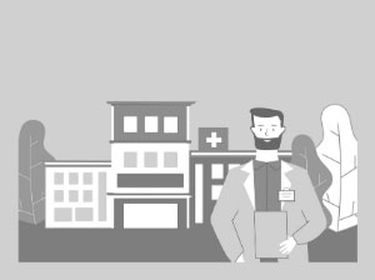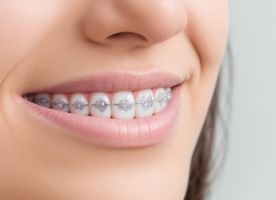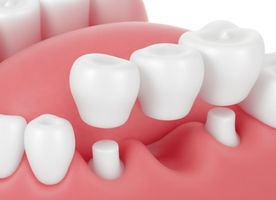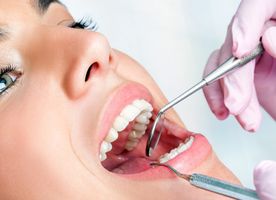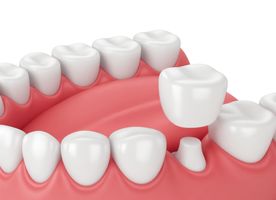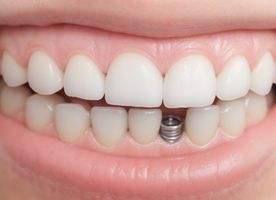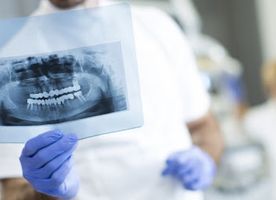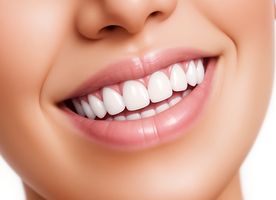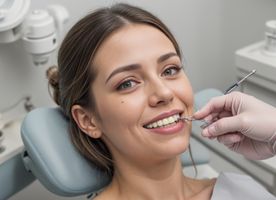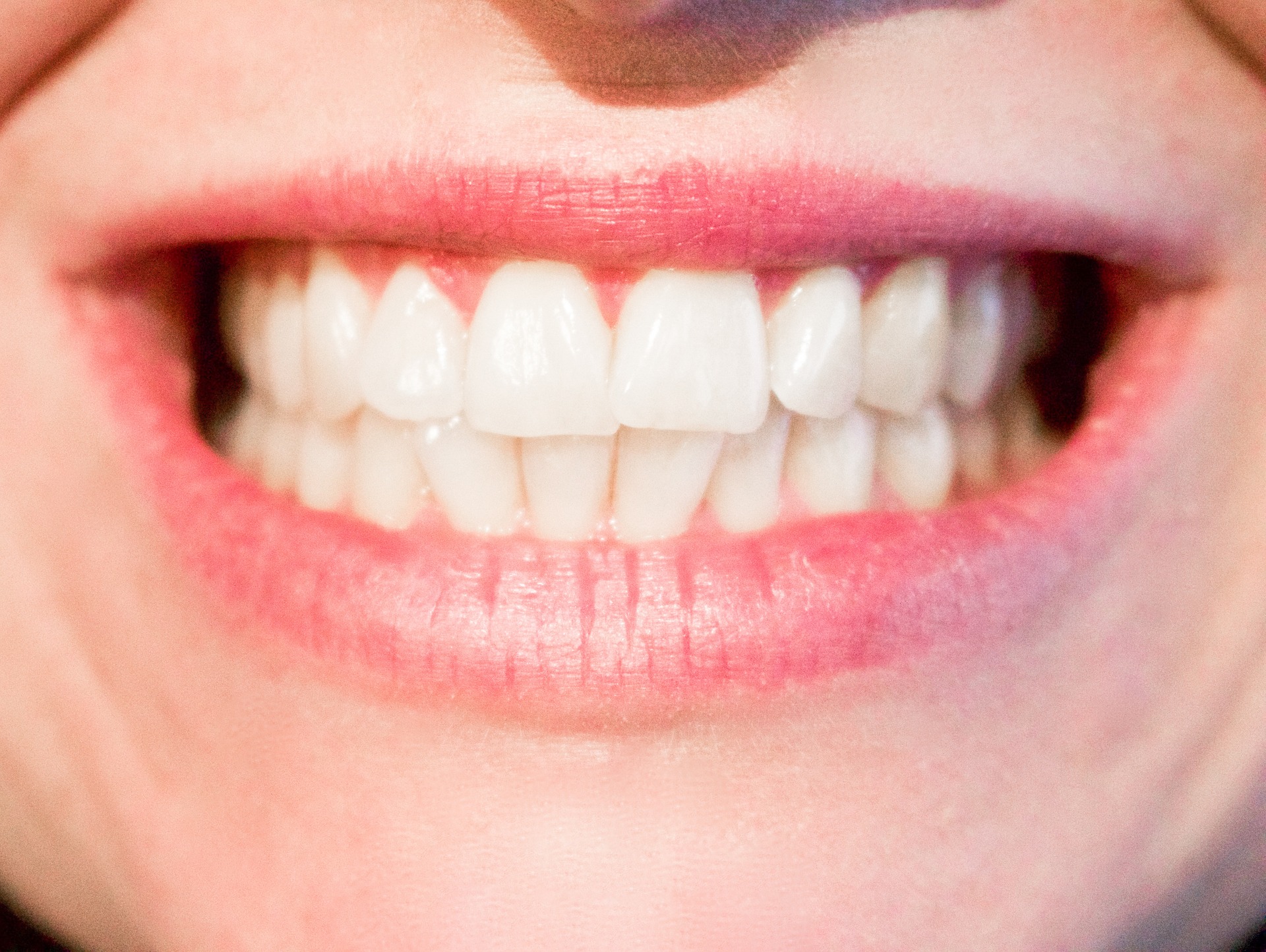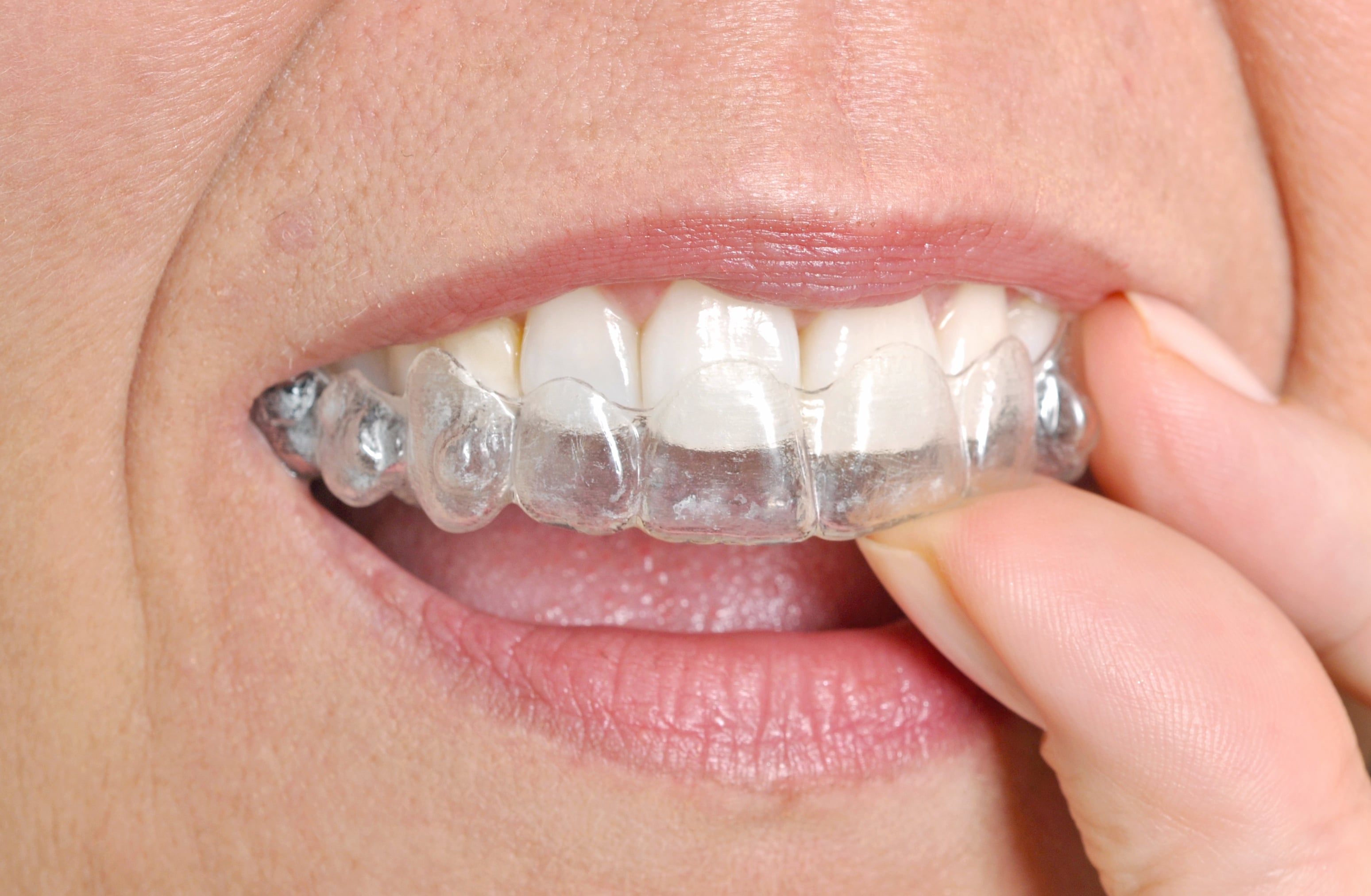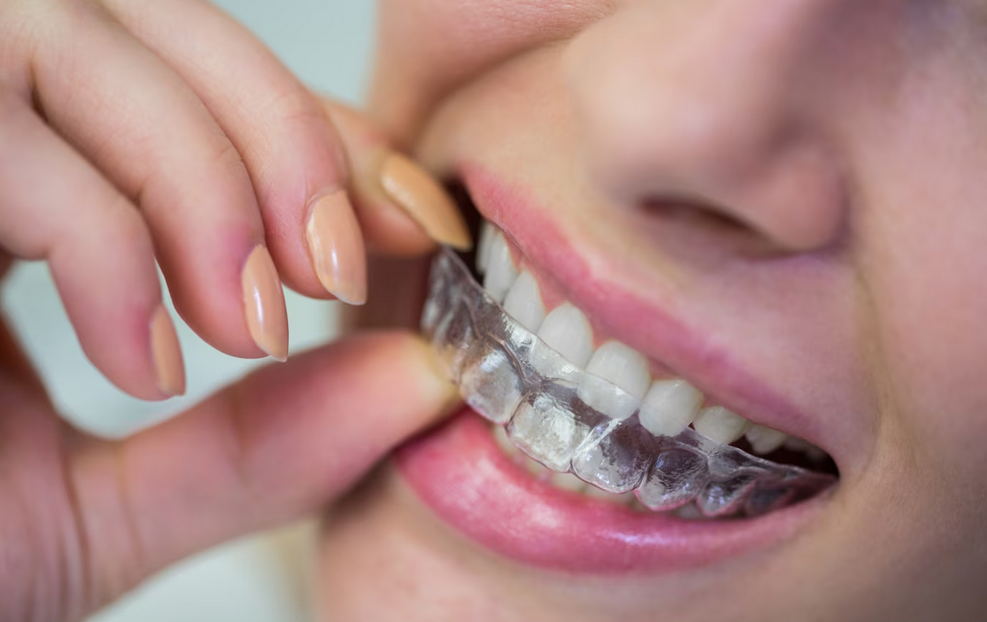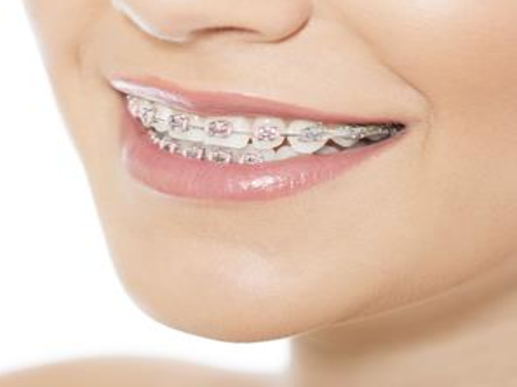Invisalign in Vietnam
Search and Compare the Best Clinics and Doctors at the Lowest Prices for Invisalign in Vietnam
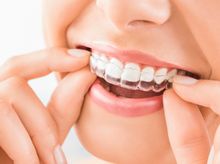





Invisalign at Worldwide Dental and Cosmetic Surgery Hospital in Ho Chi Minh City, Vietnam





Invisalign at The East Rose Dental Clinic in Ho Chi Minh City, Vietnam





Invisalign at Nha Khoa Ucare in Ho Chi Minh City, Vietnam





Invisalign at I-Dent Dental Implant Center in Ho Chi Minh City, Vietnam





Invisalign at Thu Cuc International General Hospital in Ha Noi, Vietnam





Invisalign at Platinum Dental Group in Ho Chi Minh City, Vietnam


Invisalign at Nhan Tam Dental Clinic in Ho Chi Minh City, Vietnam





Invisalign at Greenfield Dental in Ha Noi, Vietnam





Invisalign at Camtu Dental in Ho Chi Minh City, Vietnam





Invisalign at City International Hospital in Ho Chi Minh City, Vietnam
Our partner clinics in are accredited by the following associations



































































































































Compare Before & After Photos of Invisalign
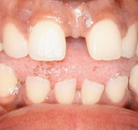
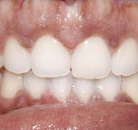
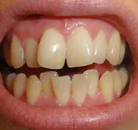
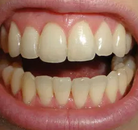
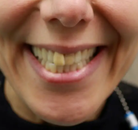
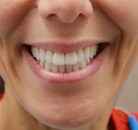
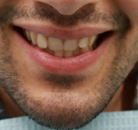
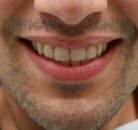
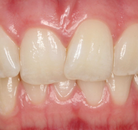
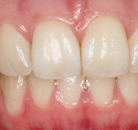
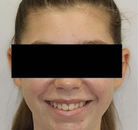
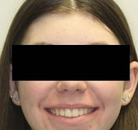
No Time?
Tell us what you're looking for and we'll reach out to the top clinics all at once
WHY US?















































































































































No Time?
Tell us what you're looking for and we'll reach out to the top clinics all at once
How Long Should I Stay in Vietnam for a Invisalign Procedure?
Since this is a non-invasive procedure, you may return to your holiday immediately after you have received your first set of clear aligners. However, strict compliance with your scheduled appointments with your orthodontist is essential. You will be required to see the dentist a few times during your stay so you should be aiming to stay in Vietnam for as long as possible, with 2 weeks being the absolute minimum. Subsequent appointments for check-ups and adjustments are typically scheduled every six weeks, but these are relatively quick visits.
What's the Recovery Time for Invisalign Procedures in Vietnam?
One of the primary benefits of Invisalign compared to other orthodontic methods is the notably short healing time. Typically, patients go through minimal or no pain during the treatment period. There might be a slight discomfort or pressure sensation in the initial days following the introduction of a new aligner, which is an indication that the aligner is effectively shifting your teeth to their correct position. Such discomfort generally settles after a few days.
It's significant to note that maintaining excellent dental hygiene and following the instructions given by your medical professional can considerably influence the successful recuperation and ultimate outcome of your Invisalign. This might entail properly looking after your aligners and regular dental appointments to track your progress.
What sort of Aftercare is Required for Invisalign Procedures in Vietnam?
Your treatment time will also be based on how much your teeth need to be properly aligned. Typically, patients are required to use Invisalign from ten to twenty-four months.
You should avoid hot drinks while wearing the Invisalign since it is made from clear plastic, it can be deformed by hot liquids, any flavored drink, any drink that contains sugar and/or acidic can form cavities and/or stain the Invisalign.
It’s best that you remove your aligners each time you eat, plaque and food particles can get trapped in your aligners. This will lead to the formation of cavities and bad breath, so it is very important that you brush your teeth after every meal.
What's the Success Rate of Invisalign Procedures in Vietnam?
Globally, Invisalign demonstrates a substantial level of success, and similarly, in Vietnam. Research indicates a large number of individuals experiencing significant enhancements in not only their smile but also their complete dental wellbeing post undergoing Invisalign. This procedure is additionally seen to positively influence self-worth and living standards. Nonetheless, the triumph of Invisalign is majorly dependent on the patient's dedication to adhering to the advised daily 20-22 hours of aligner use and consistently keeping up with scheduled dental visits. Since Invisalign can be removed anytime, your treatment’s success will rely heavily on how frequently you will use clear aligners
Are there Alternatives to Invisalign Procedures in Vietnam?
While Invisalign is a great alternative to straighten your teeth and to have that perfect smile you are aiming for, some people may not be able to afford the treatment. The good news is that there is an alternative to clear aligners, such as Clear Correct - this also makes use of clear plastic aligners to straighten your teeth. The total cost for this type of aligner is usually cheaper than Invisalign. However, Invisalign uses top-notch planning software to determine your treatment plan, making it much easier to attain a successful result.
Should you get Invisalign or Braces?
Invisalign has become a very popular alternative to metal brackets. Unlike metal braces that stay cemented onto your teeth for a long period of time. Invisalign is a series of detachable clear plastic aligners that guide your teeth into its proper position and alignment. Other advantages of the use of Invisalign are:
- Comfort - since it is made of thin and flexible plastic, it will not irritate the soft tissues in your mouth unlike metal braces and its metal wires.
- Better oral hygiene and Greater Dietary choices - At any stage of the treatment you can remove the aligners to allow yourself to eat and also to Brush your teeth at least twice daily.
- Discreet look - Invisalign is an invisible plastic material that will go unnoticed on your teeth once you use it.
- Teeth-Grinding Protection - it can also function as a nightguard that can protect your teeth from excessive grinding and clenching habits.
One important thing to know is that, although Invisalign is one alternative option to traditional braces, it is not for everyone. A clear aligner is usually used on patients who have moderately crowded teeth or have minor spacing issues on their teeth. Furthermore, because it is custom-built to be a tight fit, it is best used for adults or teens. Patients who have more serious spacing problems and crowded teeth, including patients who have severe overbites, under-bites or cross-bites will require a more intricate treatment.
Invisalign v's Conventional Braces
- Invisalign can be worn with more confidence due to the difficulty in seeing them.
- Invisalign feels more comfortable, with braces irritating and sometimes even chafing the inside of the mouth.
- Invisalign is perfect for athletes, who are able to remove them during sport.
- Braces are semi-permanent, whereas Invisalign can be removed at any time, so fewer trips to the dentist are required when compared to Invisalign.
- Braces are quicker to close gaps or straighten teeth.
- Braces can make some foods difficult to eat, whereas, with Invisalign, they can be removed whilst eating tricky meals.
This information has been accurately sourced and verified by a medical professional for its accuracy, however, we strongly recommend you to consult with your doctor before pursuing medical procedures overseas.














